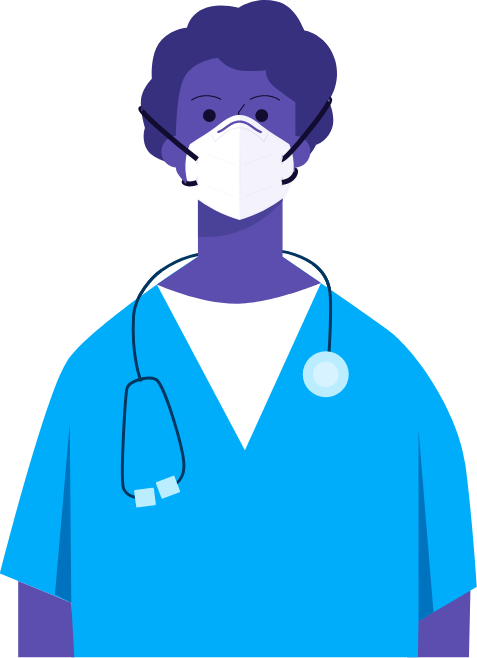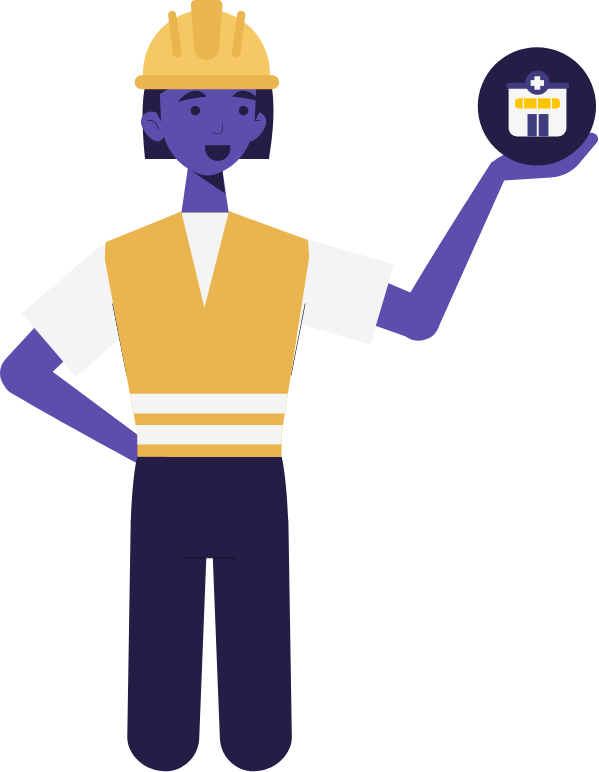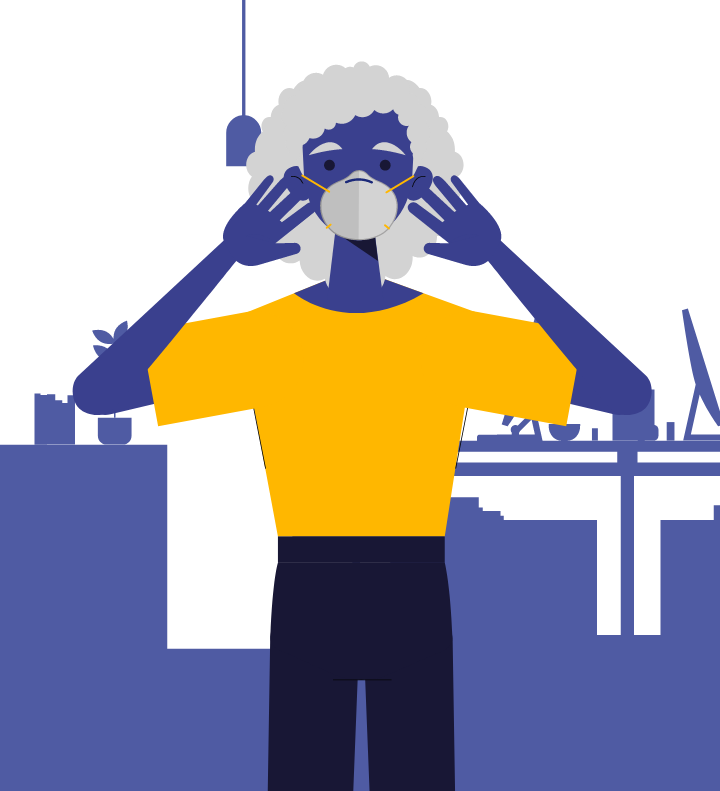About Commit to C.A.R.E.
"I applaud the leadership AIHA and IBEC have shown in developing the Commit to C.A.R.E. resources about infectious disease mitigation and control in the workplace.
They have made complex science accessible for the public to understand. Their efforts to disseminate these resources will continue to have a far-reaching impact on the health of workers and our communities."
John Howard, MD
NIOSH Director
Our Mission
The place to visit
Commit to C.A.R.E. is the place to access science-based information about infectious diseases and how to reduce their spread in the workplace.
The place to act
Commit to C.A.R.E. is the place to learn how to make built spaces safer from infectious diseases.
The place to share
Commit to C.A.R.E. is the place to share resources and knowledge on infectious diseases and how to protect workers and our communities better.

Our Impact
We believe in awareness, advocacy, and action.
Offering science-based resources
At Commit to C.A.R.E., we provide reliable resources regarding infectious disease transmission.
Delivering action plans
At Commit to C.A.R.E., we share safe and practical action plans and recommendations to prevent the transmission of infectious diseases.
Making the built environment safer
At Commit to C.A.R.E., we strive to make the built environment and people in them safer from the spread of infectious diseases.
Our values
C.A.R.E. is an acronym that reflects the principles of Community, Awareness, Responsibility, and Equity. We are committed to delivering clear, science-based education to help protect the communities where we work and live.
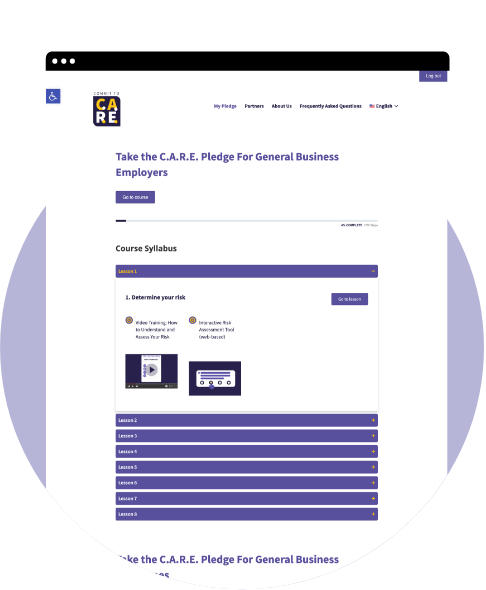
Our mission
The Commit to C.A.R.E. Pledge
Commit to C.A.R.E. provides free resources and tools for businesses to safeguard their employees and communities from infectious diseases.
All tools developed under this project have been created with the needs of a nonscientific and non-medical audience in mind.
We believe protecting yourself and others shouldn’t be difficult or complicated. Our tools are designed to empower accountability and responsibility while facilitating fair access to information.
Our team
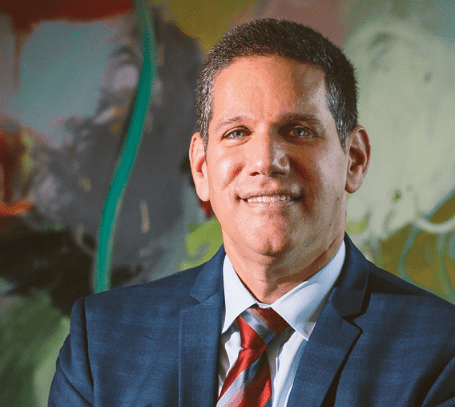
Lawrence Sloan, MBA, FASAE, CAE
Chief Executive Officer, AIHA
Beginning his career as a chemical engineer and later earning his MBA, Lawrence entered the non-profit sector more than 20 years ago. He led two chemical trade associations before joining the American Industrial Hygiene Association (AIHA) as its CEO in 2016. AIHA is a $16 million organization that oversees: three LLCs, two foundations, and an allied association called the Product Stewardship Society. Under his leadership, the organization has rebranded itself and embarked on numerous new initiatives to strengthen the profession and the association for years to come.

Ken Martinez, CIH
Chief Science Officer, IBEC
Ken is an Environmental Engineer and Certified Industrial Hygienist with experience in leading and conducting large-scale research, managing programs in occupational safety and health and emergency response, and creating and teaching professional development courses.
He has more than 33 years of CDC expertise in hazardous agent exposure characterization and mitigation control practices in the manufacturing and healthcare industries. Since retiring from CDC, he served eight years in the CBRN space as a consultant focusing on a national bio-detection program. Mr. Martinez is a recognized subject matter expert in biological agents, including infectious disease and bioterrorism agents.

Let’s keep in touch
Join our community to stay up to date on all things related to infectious disease transmission. You’ll have access to useful resources and actionable plans!

